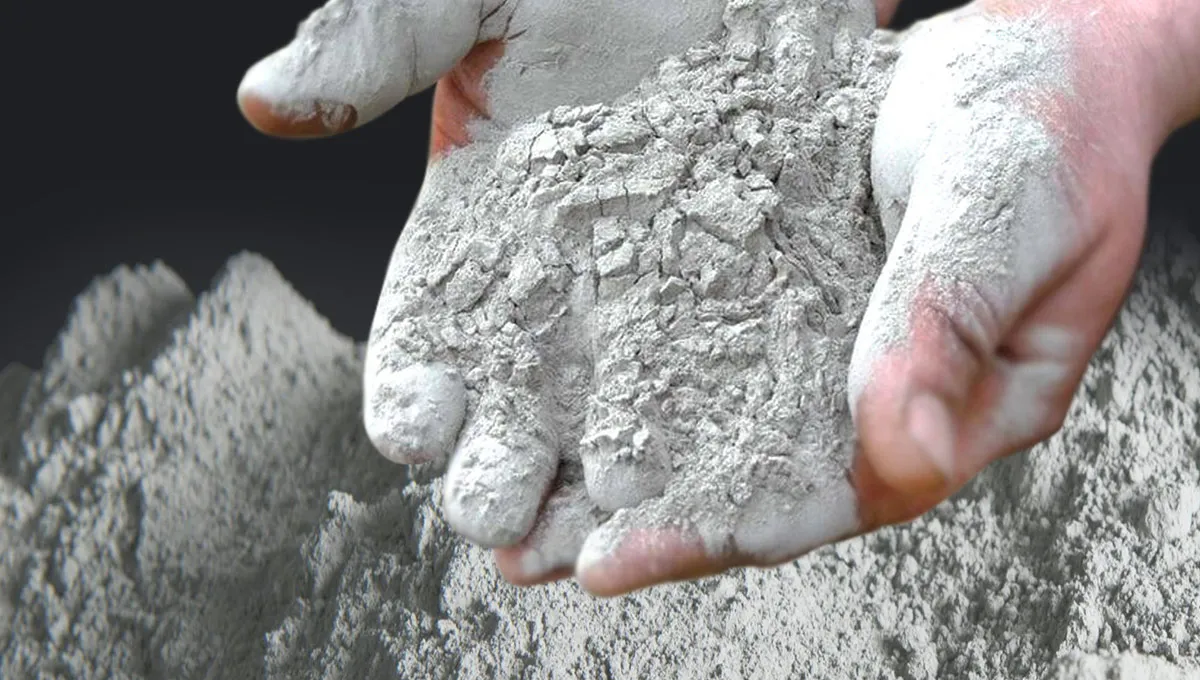Cement is a crucial building material that plays a significant role in construction projects worldwide. It acts as a binding agent, creating a solid and durable structure when combined with aggregates and water. Various types of cement grades are available, each designed to meet specific requirements and applications. In this article, we will explore the different types of cement used in construction, their composition, properties, and common applications.
Ordinary Portland Cement (OPC)
Ordinary Portland cement is the most widely used type of cement in construction. It is manufactured by mixing limestone, chalk, or marl with clay and then heating the mixture in a kiln. The resulting clinker is finely ground to obtain a powder. OPC offers excellent compressive strength and is suitable for a wide range of applications, including general construction work, masonry, and concrete production.
Portland Pozzolana Cement (PPC)
Portland Pozzolana Cement is a blend of OPC and pozzolanic materials such as fly ash, volcanic ash, or silica fume. The pozzolanic materials enhance the cement’s workability, reduce permeability, and improve long-term strength. PPC is commonly used in hydraulic structures, marine works, and structures exposed to sulfates.
Rapid Hardening Cement
Rapid Hardening Cement, also known as high early strength cement, is manufactured by grinding OPC clinker with higher gypsum content. This type of cement achieves higher strength at an early age, making it suitable for projects requiring quick turnaround times or where early load-bearing capacity is crucial.
Portland Slag Cement (PSC)
Portland Slag Cement is a blend of OPC and granulated blast furnace slag. The slag, a byproduct of the iron and steel industry, improves the cement’s durability, and resistance to chemical attacks, and reduces heat generation during hydration. PSC finds applications in marine structures, mass concrete works, and environments with a higher risk of sulfate attacks.
Sulphate Resisting Cement (SRC)
Sulphate Resisting Cement is specially designed to resist the damaging effects of sulfates present in soils and water. It contains low amounts of tricalcium aluminate, which is susceptible to sulfate attacks. SRC is commonly used in foundations, basements, sewage systems, and other structures exposed to sulfates.
White Cement
White Cement is produced from raw materials with low iron content, such as limestone and china clay. It has a high degree of whiteness and is mainly used for aesthetic purposes, including decorative finishes, architectural designs, and precast elements.
Low Heat Cement
Low Heat Cement is manufactured by reducing the content of tricalcium aluminate and increasing the proportion of dicalcium silicate. This type of cement generates less heat during hydration, making it suitable for massive concrete structures and large-scale projects.
High Alumina Cement (HAC)
High Alumina Cement contains high amounts of alumina and is used in refractory applications, such as manufacturing precast shapes, lining furnaces, and producing heat-resistant concretes.
Conclusion
Understanding the various types of cement is crucial for selecting the appropriate material for specific construction projects. This article has provided an overview of the most commonly used types of cement in construction, including Ordinary Portland Cement, Portland Pozzolana Cement, Rapid Hardening Cement, Portland Slag Cement, Sulphate Resisting Cement, White Cement, Low Heat Cement, and High Alumina Cement. Each type possesses unique properties that make it suitable for a range of applications. By considering the characteristics of different cement types, construction professionals can ensure the success and longevity of their projects.



You’ve provided a lot of useful information, thanks a lot